-
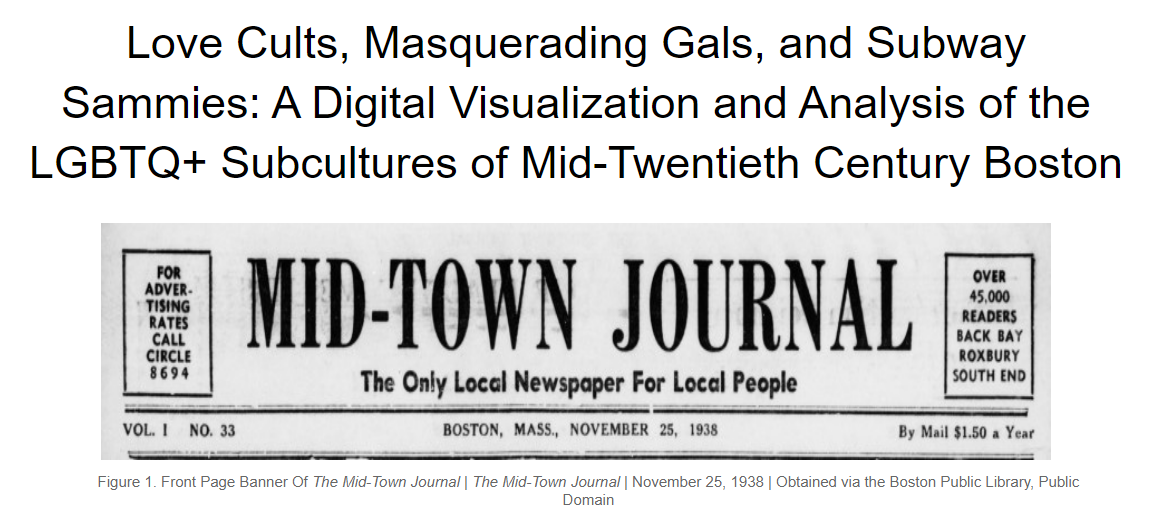
an analysis of LGBTQ+ subcultures that existed during the twentieth century in Boston. Primary sources include The Midtown Journal, which the project's author described as the most valuable historical record highlighting Boston's LGBTQ+ culture.
-

A forum for people to share and contribute information on lost plays in England published 1570-1642.
-
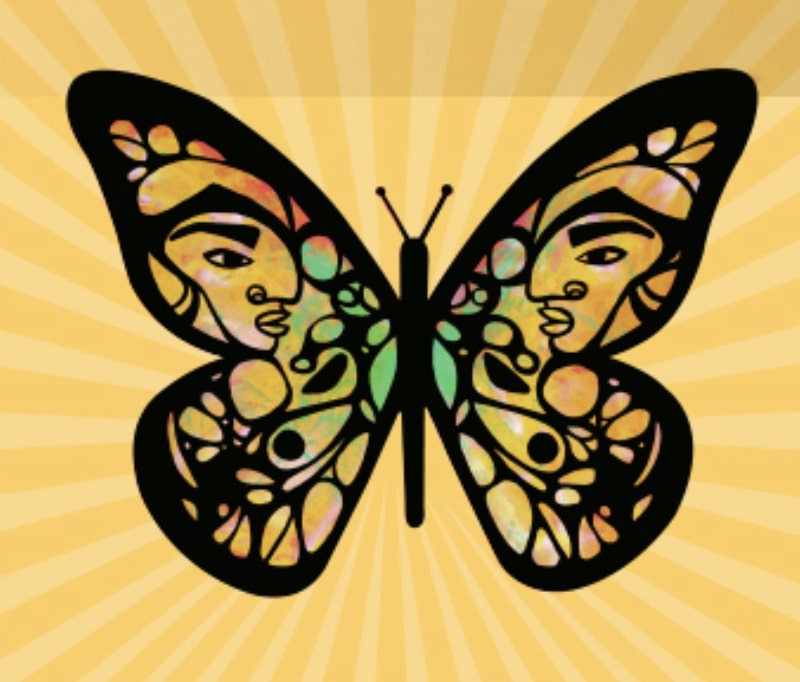
Migration is Beautiful developed from the Mujeres Latina Project. The project started in 2005 at the Iowa’s Women’s Archives to collect and preserve primary source materials about the history of Latinas and their families in Iowa. The University of Iowa graduates, community members, librarians, and archivists conducted over a hundred oral interviews with Iowa Latinas. In addition to donating their personal narratives, many Latino families generously donated letters, memoirs, and photographs that further added detail firsthand accounts to the project.
-
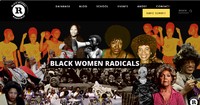
A digital collection consisting of databases, blogs, archives, and projects uplifting Black Womens’ voices and histories. The project expands gender and racial bounds through radical political activism. Created by Black Women Radicals (BWR), which is a black feminist advocate group.
-
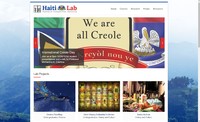
Undergraduate and graduate students work with specialists in Haitian culture, history, and language on projects with Duke University's expertise across disciplines and schools. The Haiti Lab is also a resource for media outlets seeking to gain knowledge of Haiti.
-
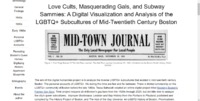
An interactive source that details the experiences and perception of LGBTQ+ individuals in the Boston Newspaper in the mid-twentieth century.
-

This project maps LGBTQ bars and clubs from the 1920s to the 2020s. It features an interactive map of Boston with information of each location displayed after clicking on each pin.
-
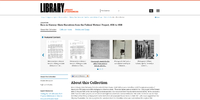
A collective archive of first-person accounts of slavery with 500 photographs of former slaves collected from the 1930's.
-

It is a digital archive of Cuban theater works. It has information on Cuban creators, productions, written works, venues, awards, festivals, and digital objects. It also provides access to their twitter account and offers a comment section. It has posters for certain works and also provides the directors and casts of them. They also provide a participation and a publications page. The site gives information and photographs of written works, plays, and other Cuban productions. It makes this information easily accessible to the public (Michael Gardner).
-

Issues between Harvard and Yale at sporting events between 1932-1951; covered by The Gatepost
-

A digital collection of African American sheet music from the 18th century to the present day. It consists of approximately 250,000 items selected from the Sheet Music Collection at Brown University, as well as links providing historical context. This collection provides insight into the livelihoods and perspectives of African Americans in the 19th and early 20th centuries.
-

- It’s hosted on google earth, with some links that send you to pages that talk about the pieces more in-depth.
- Can bring the user to external website links that dive further into the “Icons and Heroes”, “Arts and Entertainment”, “History and Tradition”, and “Latino Traditions Today.”
- Contains presentations that tie together Latinx artists of the past and present.
- When the user clicks through the different murals, Google Earth will move their location point to where the next destination is with very immersive visuals.
- It zooms out to travel and zooms in when it takes you to the next location. It shows you the real-life view of the mural’s location.
-
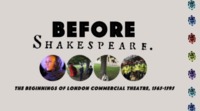
The resource focuses on exploring the origins of playhouses rather than focusing on the “late-sixteenth century phenomena.” It does so by compiling individual plays and a timeline of significant events of early playhouses of the era.
-

An interactive digital exhibit of P.T Barnum’s American Museum, which mysteriously burnt down.
-

-

This resource is an interactive map to Chicano art throughout different eras of art. It starts on a page with an enter button like a videogame and moves to a page that has 5 categories. They are "From Olmec to Mexica" "Frida, Diego, and the Mexican muralists" "Chicana/o Art" "The road to Mictlan" and "Nepantla Aesthetics". From each of those is a collection of topics relating to their category. They all feature a photo, date, time, artist when applicable, and a description.
-

This resource is a collection of images with brief descriptions relating to the Mexican American musician from the 90's. The website is set up like a slide show and is controllable with the arrow keys. It features pictures of fan created art made after her early passing, the outfits that she created and wore during concerts, and some of her favorite things like her car and her Grammy from 1993.
-

This is a public lecture video conducted by Renee Ater who talks about the processes and challenges of creating a digital humanities project pertaining to how we should put together project having to do with slavery.
-
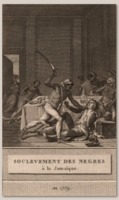
This resource shows how the slave revolt in Jamaica happened and the events afterward. It also shows an interactive map of what Jamaica looked like in the 16th century.
-

EMED is an anthology of plays written during London’s first period of commercial theater from 1576-1642. EMED includes some of the 403 plays that still exist from this time that are not Shakespeare's plays. Lastly EMED provides an extensive amount of information about each of the plays and allows you to download each of them. Some are even in their regular spelling as well as regularized forms. -Kelsey Rhodes
-
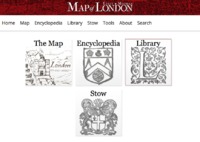
Comprised of 7 distinct projects some including a digital edition of the 1561 Agas woodcut map, an anthology of old spellings, the "London Parish" project, and a mapography of early modern city maps. A few of these projects show an early map of London, an encyclopedia of people, places, and terms, and an anthology of old spelling. These projects help people better understand how different London was back then as compared to modern-day.
-

A collection of stories and experiences of the black community that build Black Broadway. At the end of the 19th century and for the first half of the 20th century despite segregation, D.C.’s historic Black greater U Street community prospered and built a self-reliant economic, social, civic, and cultural existence. This influential Black U Street neighborhood of extraordinary achievers birthed D.C.’s Black Renaissance and served as a prominent symbol of black culture and sophistication amid racial and political tension in America.
The project includes a map of the important places on and around U Street such as theaters, resturants, and houses of famous authors, musician, and historians. A photo and description in included with each building. There are also news articles and events held. Lastly the project includes video recordings of people's experiences on U Street. -Kelsey Rhodes
-

Highlights the Civil Rights Movement and how Rosa Parks influenced and sparked discussion of treating blacks as second-class citizens.
-
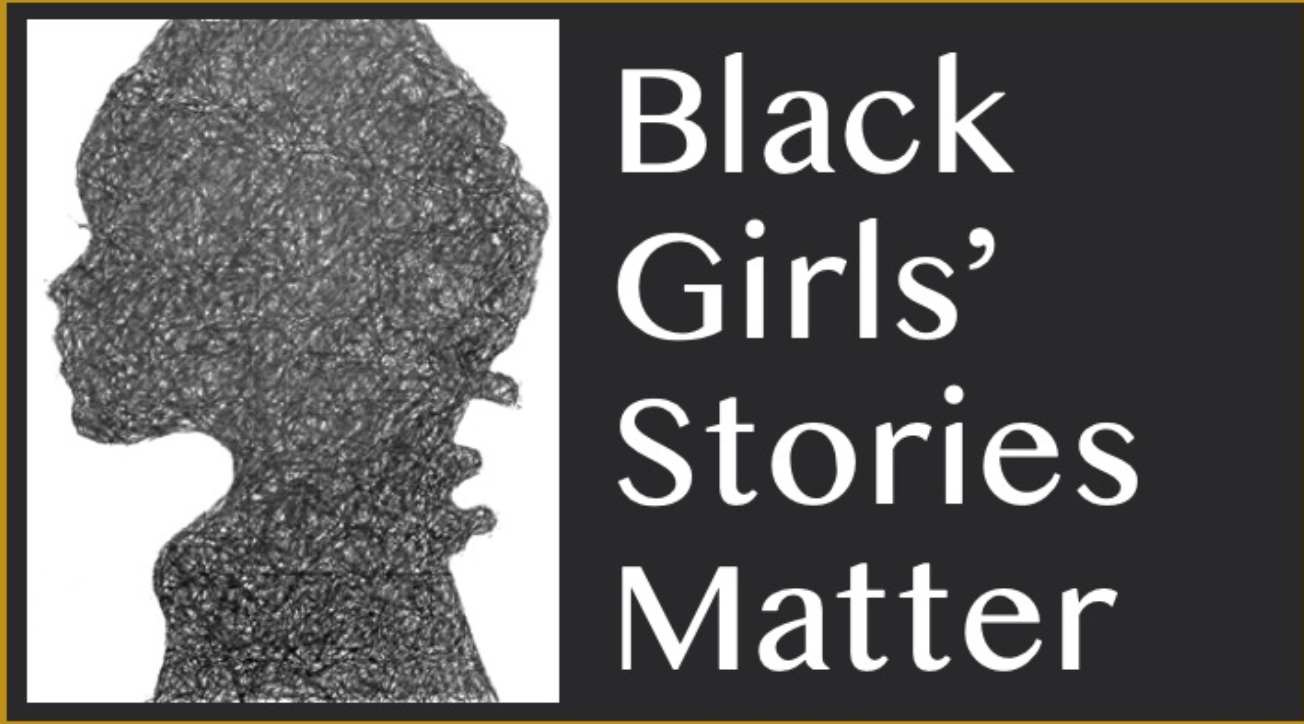
This database addresses the need to make information about young black female characters in literature accessible. It contains a comprehensive list of literature featuring young, strong black female characters, as well as a blog where readers can publish their thoughts and assessments of the novels.
-

The Women Writer’s Project is a long-term research project devoted to early modern women's writing and electronic text encoding.
It has graphs, charts, and provides documentation of methods, including editorial principles and schema customization.
It helps to bring texts by pre-Victorian women writers out of the archive and make them accessible to a wide audience of teachers, students, scholars, and the general reader.
Description by Avery Markle.
























